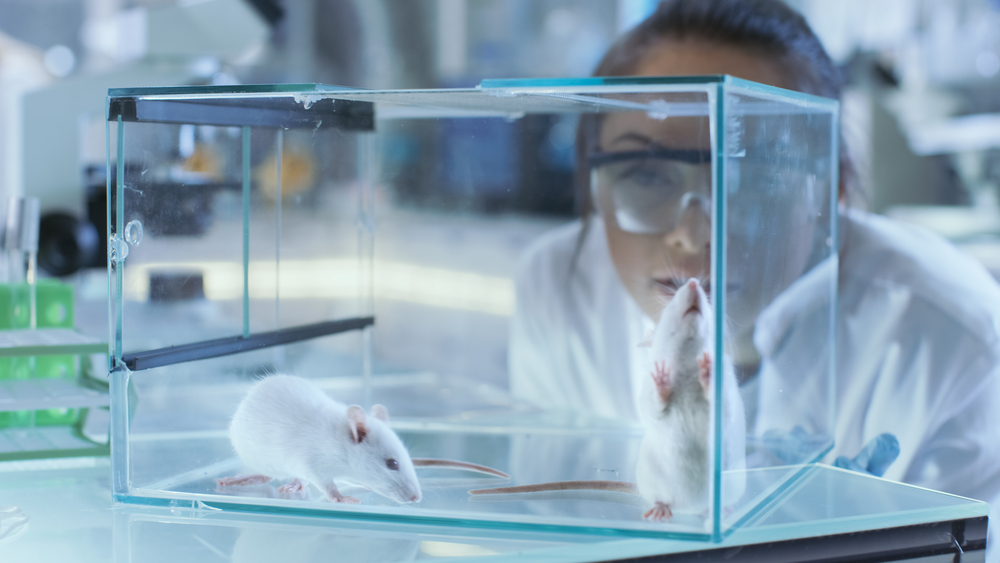Neural Stem Cells Help Repair Brain Injuries, Restore Movement in Cerebral Palsy Mouse Model

Neural stem cells can repair damaged parts of the brain while restoring motor impairments in a mouse model of mice of cerebral palsy, a study has found.
The study, “Exogeneous neural precursor cell transplantation results in structural and functional recovery in a hypoxic-ischemic hemiplegic mouse model,” was published in the journal eNeuro.
Cerebral palsy is one of the most common pediatric neurodevelopmental disorders, affecting more than 17 million people worldwide. Current treatment options are mainly restricted to rehabilitative approaches that alleviate and mitigate symptoms, but no therapies have been effective in repairing the injured regions of the brain.
Stem cell therapy offers a promising approach, since these cells have a regenerative capacity and can give rise to almost any cell type in the body.
To study the potential of this strategy, a team of Canadian researchers led by Michael G. Fehlings, MD, PhD, induced a mild brain injury in young mice, both males and females, to mimic what occurs in cerebral palsy.
The injury consisted of a permanent blockage (or occlusion) of the mice’s right carotid artery, the major blood vessel supplying blood to the brain, neck and face. The blockage stopped oxygen from reaching the brain — a condition known as hypoxia-ischemia — which created the lesion.
The brain-injured mice were injected with neural stem/precursor cells into the corpus callosum — the dense bundle of nerve fibers connecting the left and right sides of the brain, which is where demyelination is prevalent in cerebral palsy patients. Myelin is the coating of nerve cells that serves as an insulating material. When it’s worn away or damaged (demyelination), nerves can deteriorate, causing problems in the brain and throughout the body.
By definition, stem cells are able to give rise to an indefinite amount of cells of the same type and to originate other types of cells through a process called differentiation.
Based on this, researchers expected that injecting neural stem cells in the animals’ brains would generate cells from the nervous system that could replace injured ones found in the lesion site and contribute to the myelination of the corpus callosum area.
Stem cells were able to repair the lesions in the corpus callosum, as well as in other brain zones, including the cerebral cortex and the hippocampus, both of which play key roles in memory, cognition, language, learning and emotions.
Injected neural stem cells were found to survive and persist — a process called engraftment — in the mice’s brains. Although no cell differentiation was observed, the transplanted cells were able to recruit other resident cells — myelin-producing oligodendrocytes — that researchers believe are responsible for the recovery process.
Functional studies showed that neural stem cell therapy improved walking and use of the limbs in the mice, measured using validated tests, one called Cylinder that evaluates locomotor asymmetry, and another known as CatWalk that assesses motor function and coordination.
According to the team, further research is necessary to better understand the mechanisms underlying the recovery process. Nevertheless, the study suggests that neural stem cells exert their action by recruiting endogenous oligodendrocytes to the injured site, acting as “bio-bridges.” These cells can then repair myelination loss that occurs as a result of injury.
“Our work establishes that transplantation of neural progenitor cells represents a viable therapeutic strategy for cerebral palsy treatment, and that the enhanced recovery is mediated by endogenous oligodendrocytes. This will further our understanding and contribute to the improvement of cellular therapeutic strategies,” the researchers concluded.


